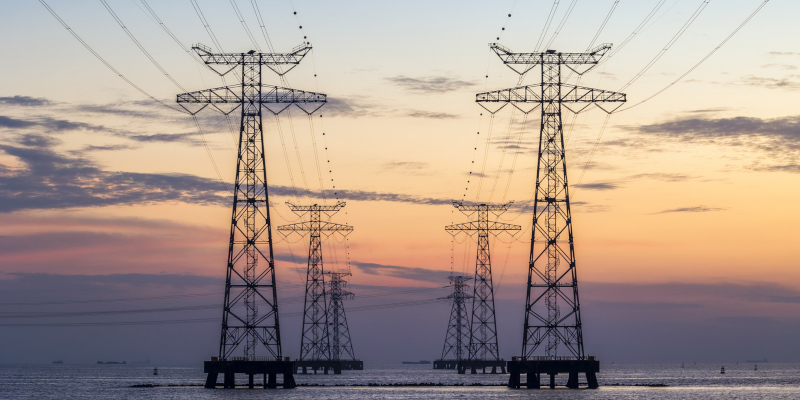At Electric Power Systems, we have extensive experience working on the electrical grid. We know about the various challenges involved in moving electrical energy from one place to another, and we have the right experience and skills to tackle these challenges. Our team also wants to be a part of the effort to adopt more renewable sources of energy, which is part of the reason we work on shore power substations. In this article, we’ll provide an overview of shore power substations and how they work.

- What are shore power substations? Power substations are structures designed to move electrical energy from the place where it is generated to the place where it will be used. In the case of shore power substations, the structures are moving energy generated at offshore wind farms onto land.
- How do shore power stations work? All electrical substations, including shore power stations, transform electrical current from low to high or high to low voltage as necessary. They also control the flow of electricity to make sure the power goes where it needs to go. The substations use a variety of specialized devices to do this, including transformers, circuit breakers, and much more.
- What is unique about the design of shore power stations? Compared to electrical substations on land, shore power stations have some unique design challenges because they are based on or near the water. Most offshore power stations are designed to either float or to self-install, eliminating the need to use equipment to drive piles into the sea floor.
